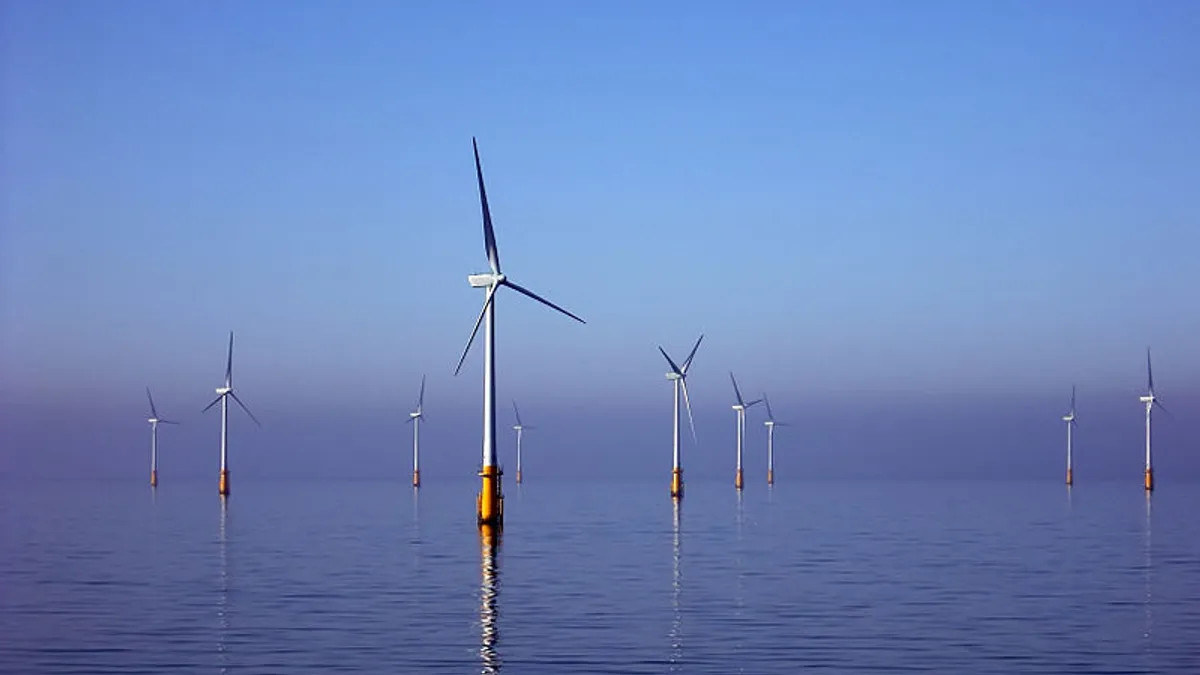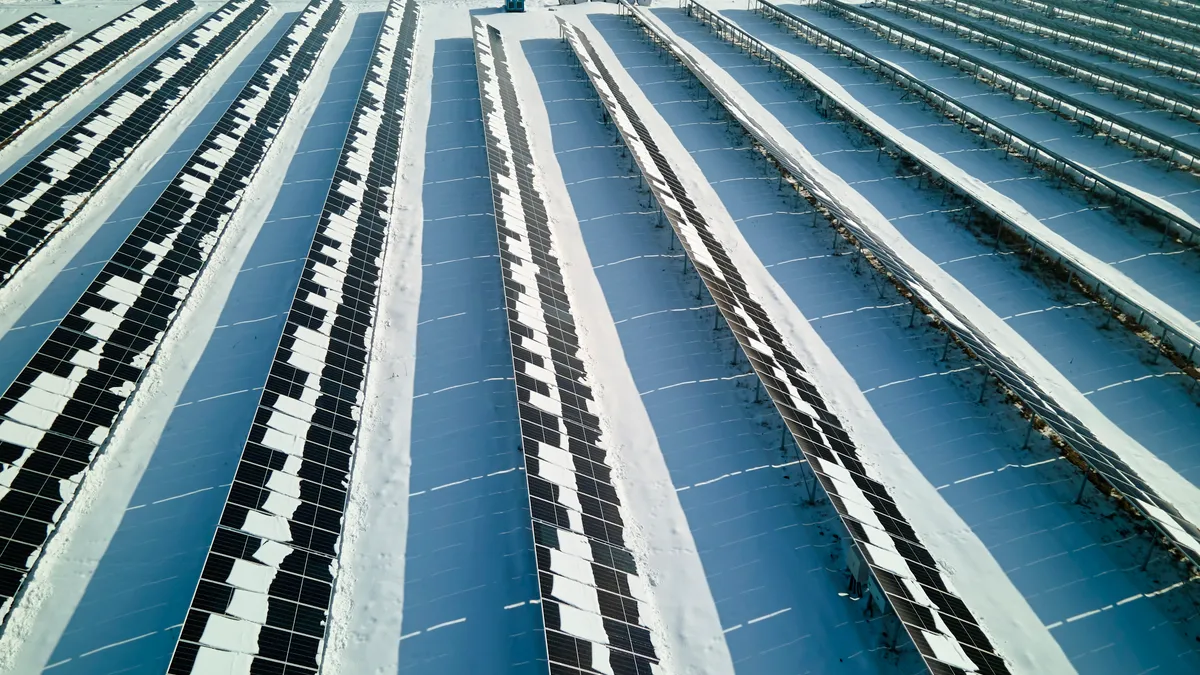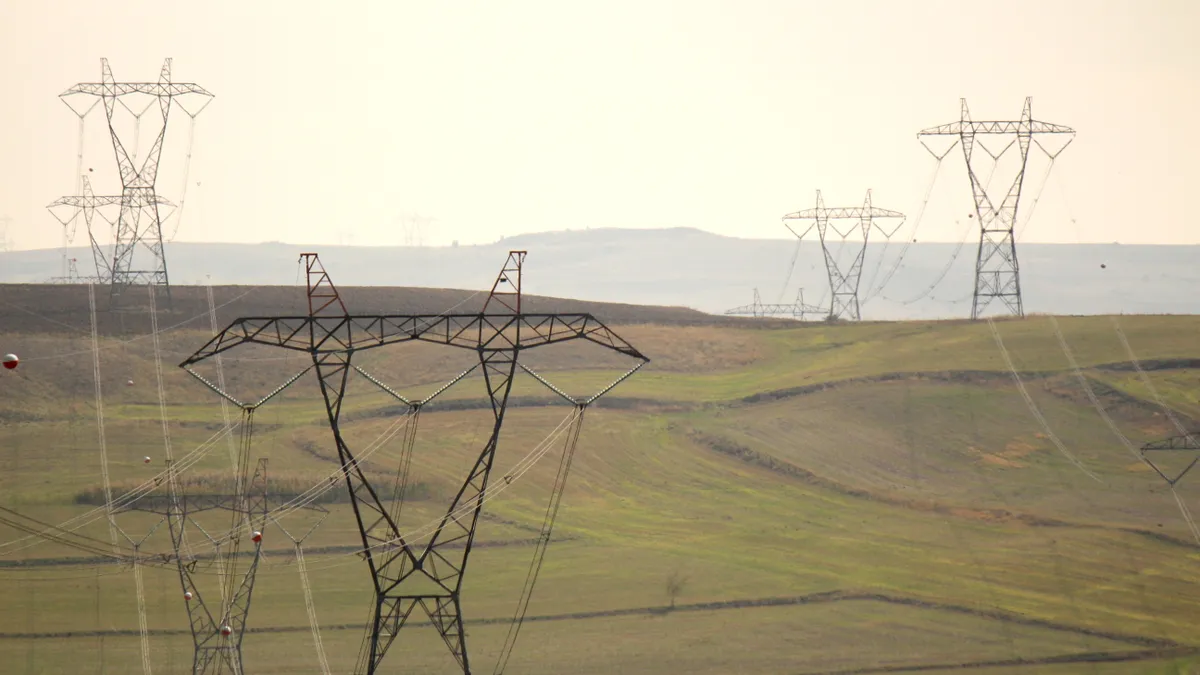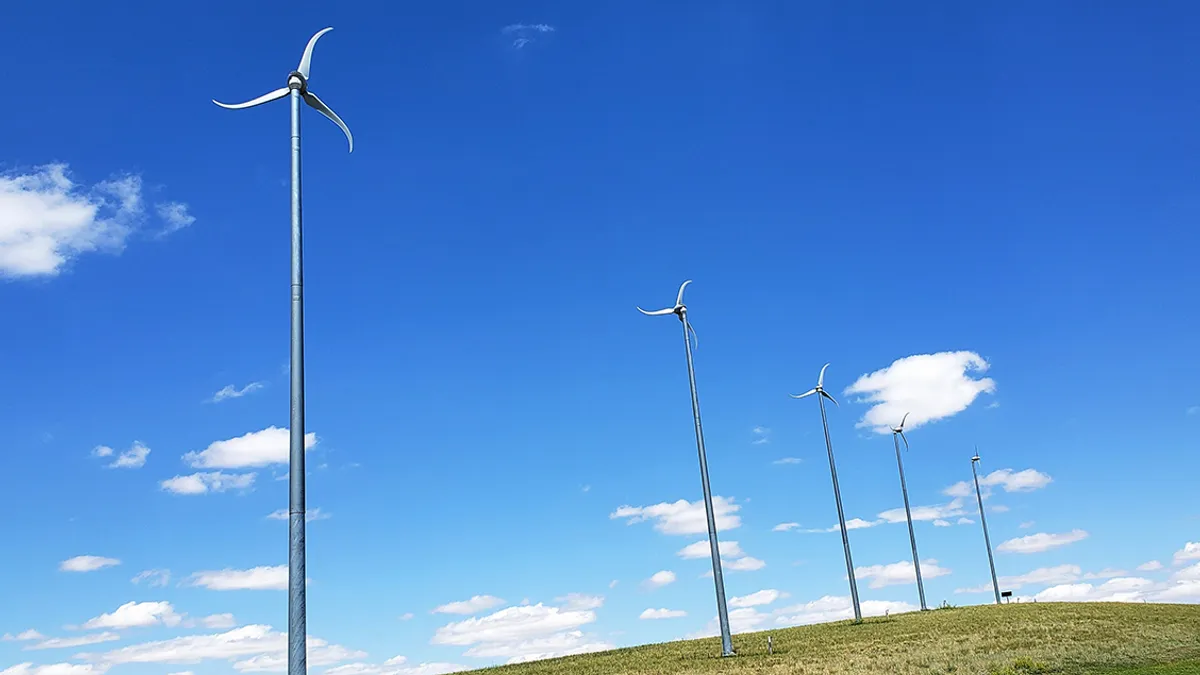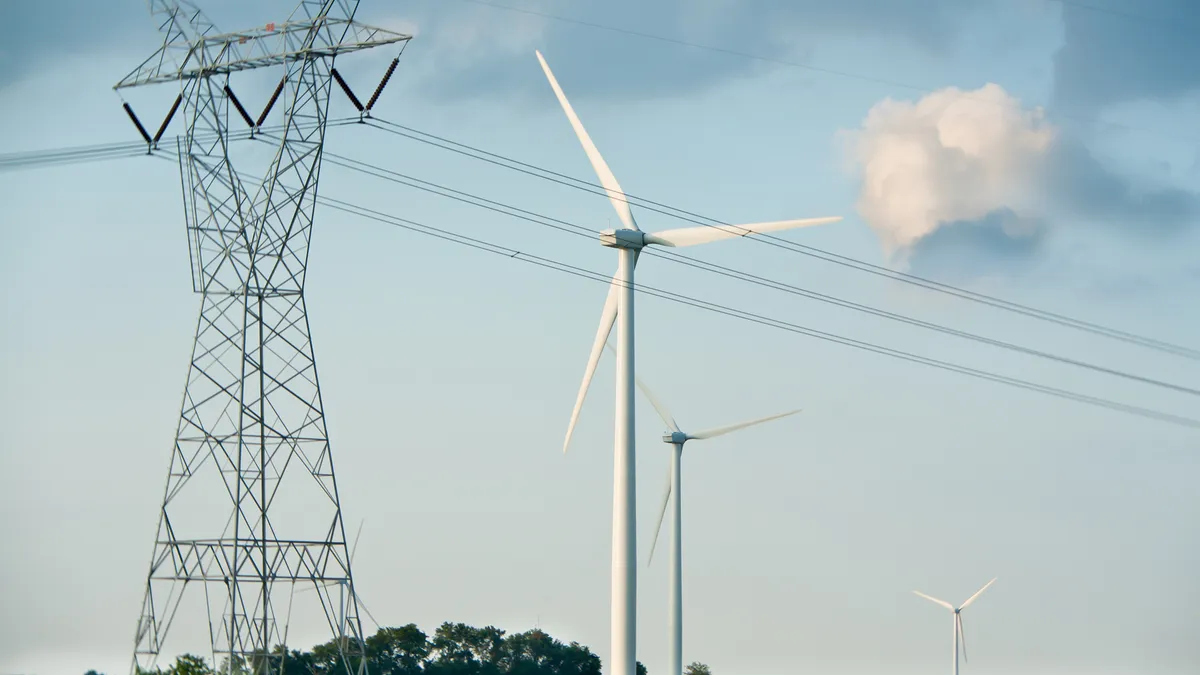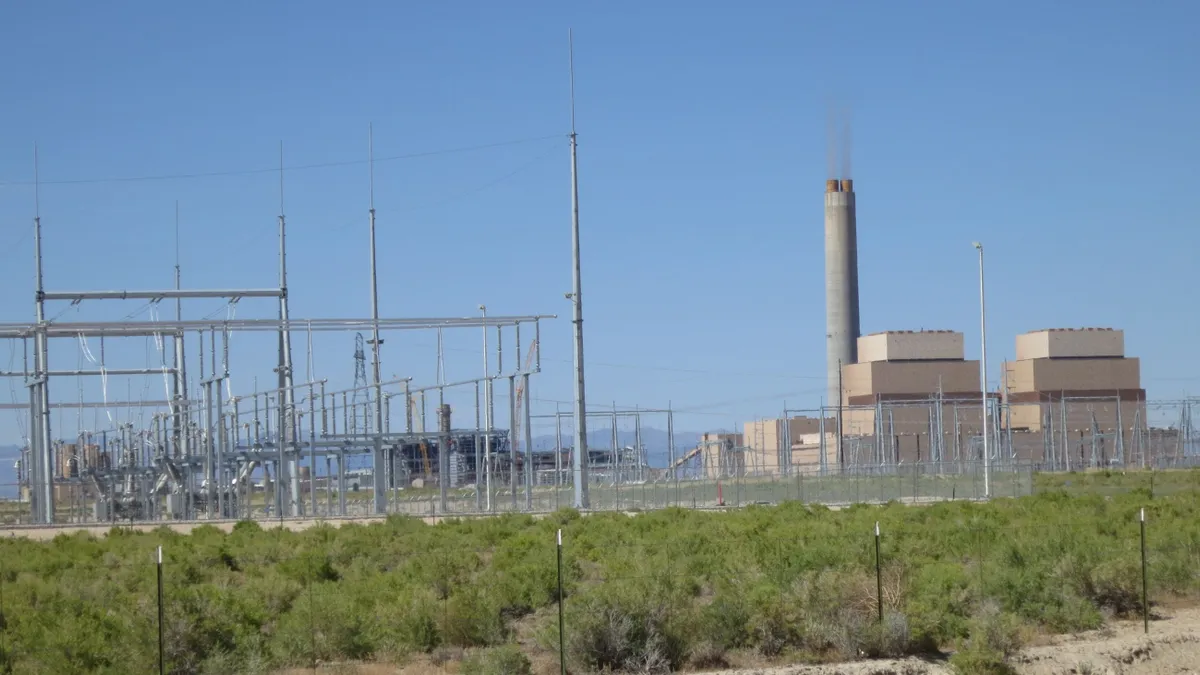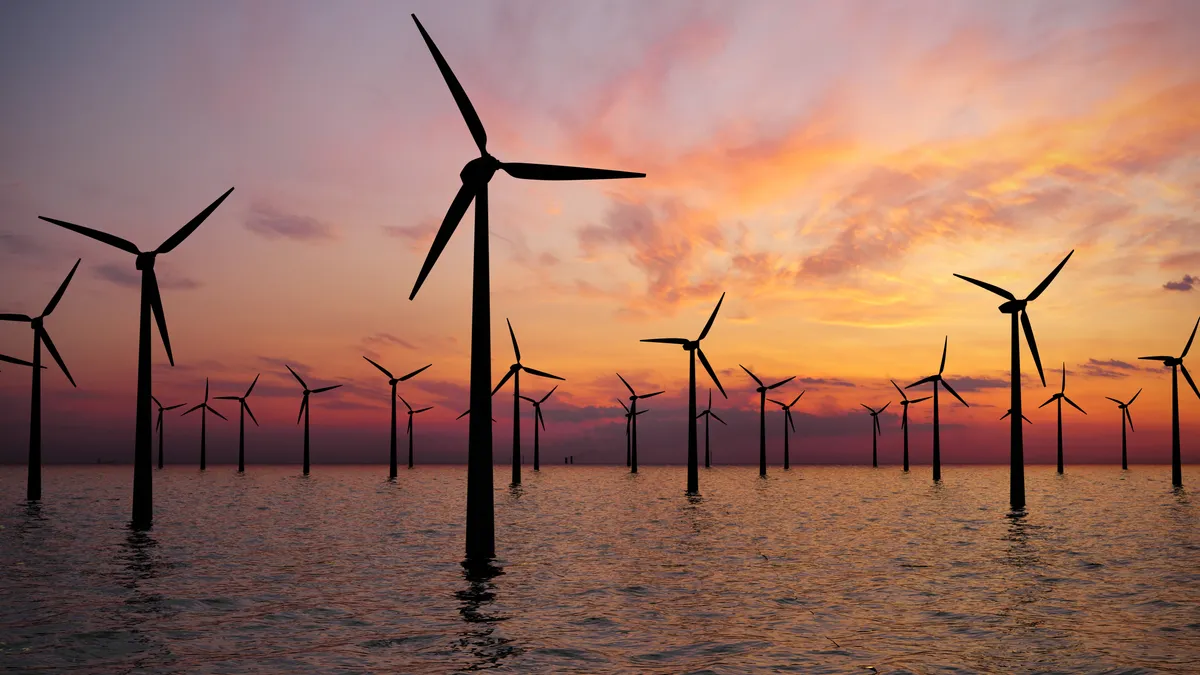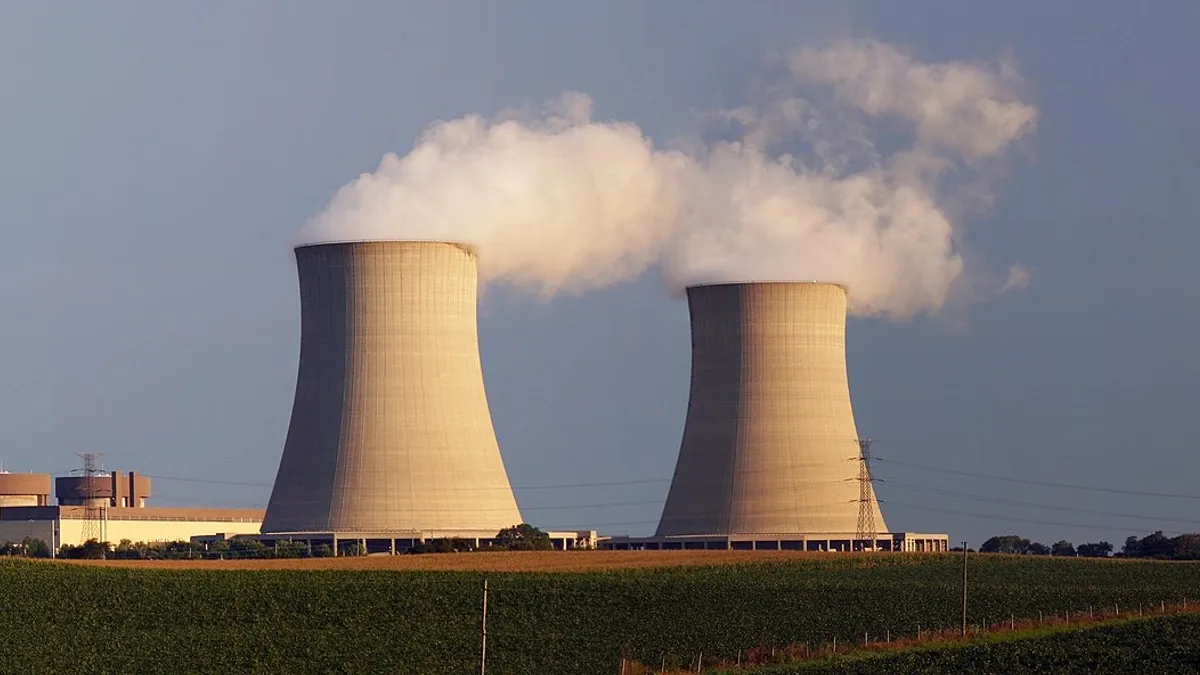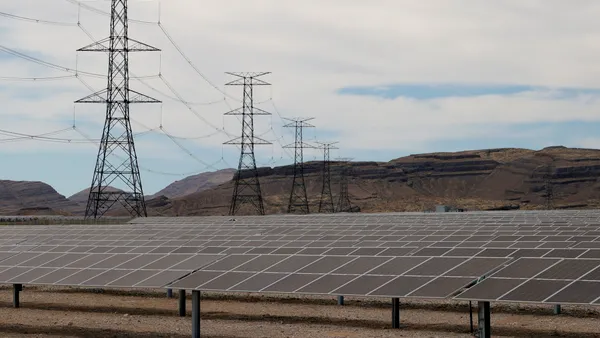The following is a Viewpoint by Mike O'Boyle, Energy Innovation's Director of Electricity Policy.
Offshore wind could be America's biggest bipartisan clean energy success story in the next two years: Six Atlantic states now target a combined 12 GW of capacity, and the Trump Administration is "bullish" on offshore wind, considering it key to American "energy dominance."
But how policymakers design offshore wind policies will determine how fast project costs fall. While still nascent, United States offshore wind project costs have fallen 75% since the 2014 Block Island Wind Farm in Rhode Island, in contracts for 1.2 GW of projects awarded for the next five years. Offshore wind is following a similar learning curve to other clean power technologies, particularly onshore wind and solar photovoltaics (PV).
Offshore wind's continued success and further cost reductions will depend on continued de-risking of project investment through competitive auctions, stable power purchase agreements, transmission and siting.
Offshore wind's looming learning curve
Learning curves explain the relationship between deployment — how much product has been sold — and price.
Nascent technologies are often more expensive per unit than mature competitors, but marketplace success drives a virtuous cycle. Producers can reinvest profits into capital and process improvements, further reducing production costs and improving competitiveness.
Graphically represented, the learning curve takes an "S" shape, with slow initial price reductions ramping up as the product matures, then leveling off as efficiencies and greater scale become harder to achieve in a saturated market.
This relationship between deployment and price has been crucial in providing the right amount of financial support for new renewable energy technologies without overpaying.
For example, California's renewable feed-in tariffs (FiT) phased down as total capacity increased. By contrast, Germany's renewable energy FiT phased down as a function of time, generating huge profits for developers who were able to reduce costs faster than Germany's administratively determined forecasts. Here, the result was mixed — renewable energy development far exceeded forecasts and helped meet emissions goals early, but FiT costs have reached about 25% of customers' bills.
Both economies have accelerated the wind and solar learning curves through policy-led deployment. In 2008, Germany had 38% of the world's installed solar capacity, while California composed more than 50% of U.S. solar production through 2015.
Onshore wind and solar can be harbingers of offshore wind's future
Today, building new renewables is cheaper than running existing coal generation in many parts of the country — this is as much a policy success as a market success.
According to Lawrence Berkeley National Laboratory (LBNL), more than half of U.S. non-hydro renewable energy additions were due to state-level renewable portfolio standards (RPS) requiring utilities to purchase a set amount of renewable energy. As those technologies were deployed, their costs dropped dramatically.
Today, offshore wind has similar characteristics to solar power in the early 2010s, and wind power thirty years ago. Only 30 MW of offshore wind has actually been built, and consumers paid a heavy price for the technology at $244/MWh, roughly four times what utilities pay for wholesale electricity.
But recent auctions in Maryland and Massachusetts resulted in fast-falling prices for new offshore wind. Maryland utilities recently executed long-term offshore wind contracts for $132/MWh over 20 years in the 248 MW U.S. Wind, and 120 MW Skipjack Wind projects. Massachusetts utilities then promptly cut those prices in half with contracts for 800 MW of offshore wind in the Vineyard Wind project at an average price of $70/MWh.
This rapid cost decline is partially due to breakthroughs in other industries using the same technologies, i.e. onshore wind (blade, generator and pole technologies) and offshore drilling. And the global market is more mature than the U.S. market. Deployment is already advanced in the European Union, with almost 20 GW capacity already installed, and some projects are already competitive with wholesale power rates — meaning offshore wind's learning curve is likely already further along than expected.
Policy's crucial role in offshore wind deployment
Requiring utilities to purchase large-scale offshore wind wouldn't have cut offshore wind costs without good renewable procurement design. Northeastern states collectively learned from competitively purchasing large-scale renewables through RPS and complementary policies to reduce development risk.
Upfront capital is the main cost of renewable energy projects, so reducing perceived risk for project developers can reduce the cost of capital — a few percentage points here can mean the difference between affordable projects and projects that break the bank.
Key policy design elements to de-risk renewables procurement include using a price-finding mechanism such as a reverse auction, creating long-term revenue certainty for developers and eliminating unnecessary soft costs related to development. All of these characteristics are present in the Northeast offshore wind buys, creating dramatic cost declines and consumer benefits.
Justifying long-term procurement
These competitive auctions, which included multiple competitive bidders with North Sea project experience, revealed the lowest price through requests for proposals from developers. This can be contrasted with basic feed-in tariff design, which provides similar guaranteed long-term compensation, but determines the price administratively to further de-risk project financing.
Through long-term contracts, consumers assume the risk of buying something that may be cheaper than the market average, but this also creates benefits. Long-term prices from generation that doesn't require fossil fuels mean that customers are insulated from natural gas price spikes. Customers also see lower wholesale prices on their bills, as there is less demand and more low-cost energy for the remaining market, and the developer is held accountable by purchasing only the megawatt-hours that the project produces.
Reverse auctions mix public and private risk. Developers must take on some initial costs to participate in the auction, acquiring leases and permits at different levels of government, but have a guaranteed long-term revenue stream if they are the lowest price. For U.S. offshore wind, that perceived risk has dropped dramatically with each successive auction.
Reducing offshore wind project development risk
Project development risks are associated with lining up the institutional approvals needed to make the project happen. These include siting risks to find and approve suitable land, permitting risks associated with satisfying environmental, viewshed, shipping and other local concerns, and interconnection risks to ensure there's a place for power to flow.
Massachusetts' procurement shows how to de-risk renewable energy projects. Massachusetts has promoted offshore wind through the Massachusetts Clean Energy Center (MassCEC), a quasi-public entity making investments and grants to study and reduce offshore wind development barriers. MassCEC also expedited permitting and transmission development by convening leadership and engaging affected stakeholders to reduce project opposition to prepare for regulatory approval. The MassCEC also led the charge for investments in the Bedford, Massachusetts offshore wind terminal to be a staging area for offshore development.
MassCEC also partnered with the Bureau of Ocean Energy Management (BOEM) to create and vet designated, prescreened offshore wind siting areas that could easily be auctioned off for leasing, including this project. This included formation of a Fisheries Work Group and Habitat Working Group to inform the work of BOEM's Intergovernmental Task Force. BOEM and MassCEC also collaborated on multi-year studies of marine wildlife focused on gathering baseline data to inform the federal permitting process.
Utilities and MassCEC have facilitated transmission access by identifying project-ready interconnection points or making investments to support access through a grid infrastructure study. Project developers could include accurate grid interconnection costs in their bids, as all the projects' proposed transmission lines connected to existing infrastructure. The utility was required to accept this power onto its system through the mandate, so long as it "enhanced electricity reliability."
Good offshore wind policy design creates wider economic benefits
Offshore wind is already an extremely valuable investment across the wider economy in the Northeast U.S., and could soon be attractive in regions like the Great Lakes and California. LBNL analysis shows the market value of electricity generated by offshore wind will soon exceed the combined cost of wholesale energy and RECs in New York and several New England states.
Evidence is also growing that offshore wind will create tens of thousands of jobs in the Northeast. Combining existing contracts with New Jersey's 3.5 GW goal, New York's 2.4 GW goal and Massachusetts' 2.4 GW (additional) goal would push the regional market to at least 10 GW by 2030.
The Northeast Wind Center projected earlier this year that 8 GW would create 36,300 full-time jobs, while New York expects a $6 billion in-state industry by 2028, and Massachusetts projects up to $800 million in direct economic impacts along with up to 3,170 job years from offshore wind in the next decade.
Massachusetts is already reaping dividends from offshore wind. Three coastal communities that have suffered economically from manufacturing and fishing industry declines are in the final running for developer Deepwater Wind's new wind turbine assembly facility and its 900 new jobs. In addition, the retired Brayton Point coal plant was recently acquired by a real-estate developer with plans to turn it into a construction hub for planned offshore wind farms and connection point to the regional grid once projects begin operation.
None of this would be possible without thoughtful policy design. Do procurement right, and even costly procurements can produce long-term benefits. A focus on de-risking early projects can help a nascent industry climb the learning curve without placing undue risk on customers. If a project fails to scale, it is at least done with consumer protection and long-term benefits in mind.
But even these policies won't be enough; complementary policies like reforming utility business models, increasing grid flexibility to complement variable renewables and reforming wholesale energy markets will be key to reach a carbon-free, affordable energy future.


